Blue Striped Clownfish Biota Captive-Bred
$39.99
-
Select Variant
The Biota® captive-bred Blue Striped Clownfish is also known as the Orangefin anemonefish. It has a brownish-orange base color, with white stripes and a forehead that is orange at full-grown. This Blue Striped Clownfish gets its name from the stunning white stripes that cover the body color below to give the stripes an ethereal blue hue. Young Blue Striped Clownfish are yellowish-orange with white stripes on both sides of the body, similar to Clarkii Clownfish.
This Biota Captive-Bred Blue Striped Clownfish offers other advantages that are unique to wild caught species. It is one of the reasons that it is Captive-Bred Bluestriped Clownfish is very robust and is more comfortable with the conditions of home aquariums. It is the perfect choice for newbies as well as experienced aquarists. The Blue Striped Clanfish Captive-Bred can also be kept in conjunction with other captive-bred clownfish when introduced to the aquarium in the same way.
Captive-bred clownfish are simple to breed in the aquarium of your own home. Females are the biggest of the two, and the two fish are likely to be close in the tank. These fish are egg-layers and deposit their eggs on flat surfaces, and will protect the eggs from the tankmates. The eggs are usually born between 6 and 11 days, based upon the temperatures. The fry needs to be raised in a separate tank with a diet consisting of baby brine shrimp, and rotifers.
A captive-bred Blue Striped Clownfish is one of the toughest and biggest clownfish that live in home aquariums. Adult Blue Striped Clownfish can grow to 7 in the right conditions. So, a 50-gallon or bigger aquarium that contains virtually any kind of anemone is ideal. It can be aggressive towards other clownfish as well as non-aggressive tank friends. The captive-bred Blue Striped Clownfish diet consists of nearly all meaty food items and herbivore food preparations.
Approximate Purchase Size: 1" to 2"
- Description
- Additional Information
- Reviews
Blue Striped Clownfish Captive-Bred
The Captive-Bred Blue Striped Clownfish, also known as the Orangefin Anemonefish, stands out with its striking appearance. It features a brownish-orange base color complemented by vivid white stripes. These stripes, enhanced by a blue sheen created by the reflection of natural light, add to its allure. Interestingly, juvenile Blue Striped Clownfish exhibit a yellowish-orange color with white stripes, somewhat resembling the Clarkii Clownfish.- Base Color: Brownish-orange
- Stripes: White with a blue sheen
- Forehead Color: Orange when fully grown
Diet
Blue Striped Clownfish enjoy a versatile diet and readily accept various marine-based foods:- Food Items: Frozen mysis shrimp, fresh shrimp silversides, flake pellets, and other commercially prepared foods.
- Feeding Behavior: When an anemone or coral host is present, they may take food to it.
Captive-Bred Advantages
The Biota® Captive-Bred Blue Striped Clownfish provides several benefits over wild-caught species. Firstly, they are well-suited to home aquarium conditions due to their hardiness. Additionally, they can coexist with other captive-bred clownfish if introduced simultaneously. Moreover, breeding them in home aquariums is straightforward. Since females are larger, pairs tend to stay close together. Eggs hatch in 6-11 days, and fry should be raised on rotifers followed by baby brine shrimp.Care Requirements
To ensure optimal care for Blue Striped Clownfish, consider the following requirements:- Size: Adult females can grow up to 7” under ideal conditions.
- Tank Size: They prefer a 50-gallon or larger aquarium.
- Behavior: They exhibit semi-aggressive behavior towards other clownfish and passive tank mates.
- Diet: They readily accept meaty food items and herbivore preparations.
LINKS to follow:
size
Large, Medium, Small
Units
1
Weight
6 lbs
Dimensions
1 × 1 × 1 in


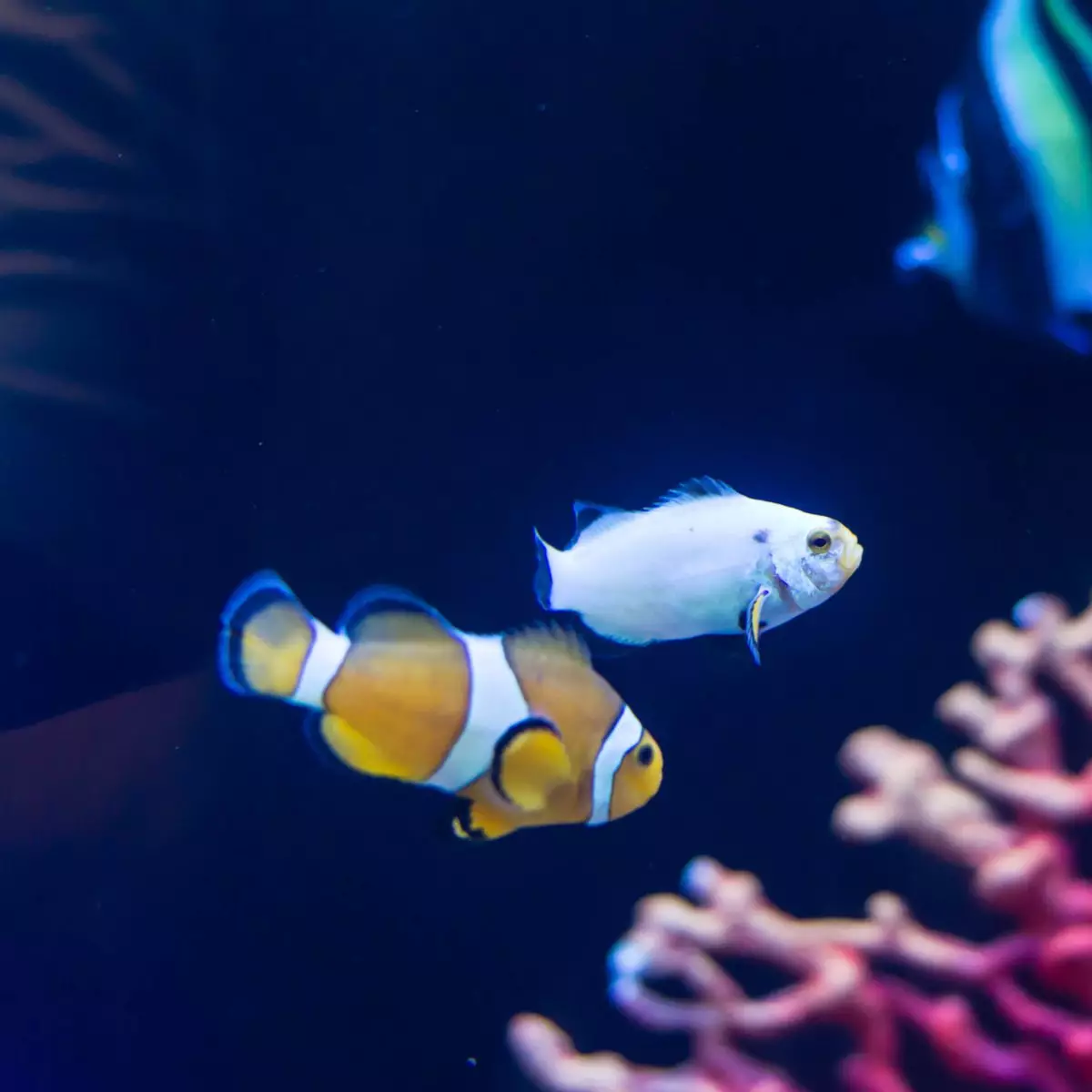
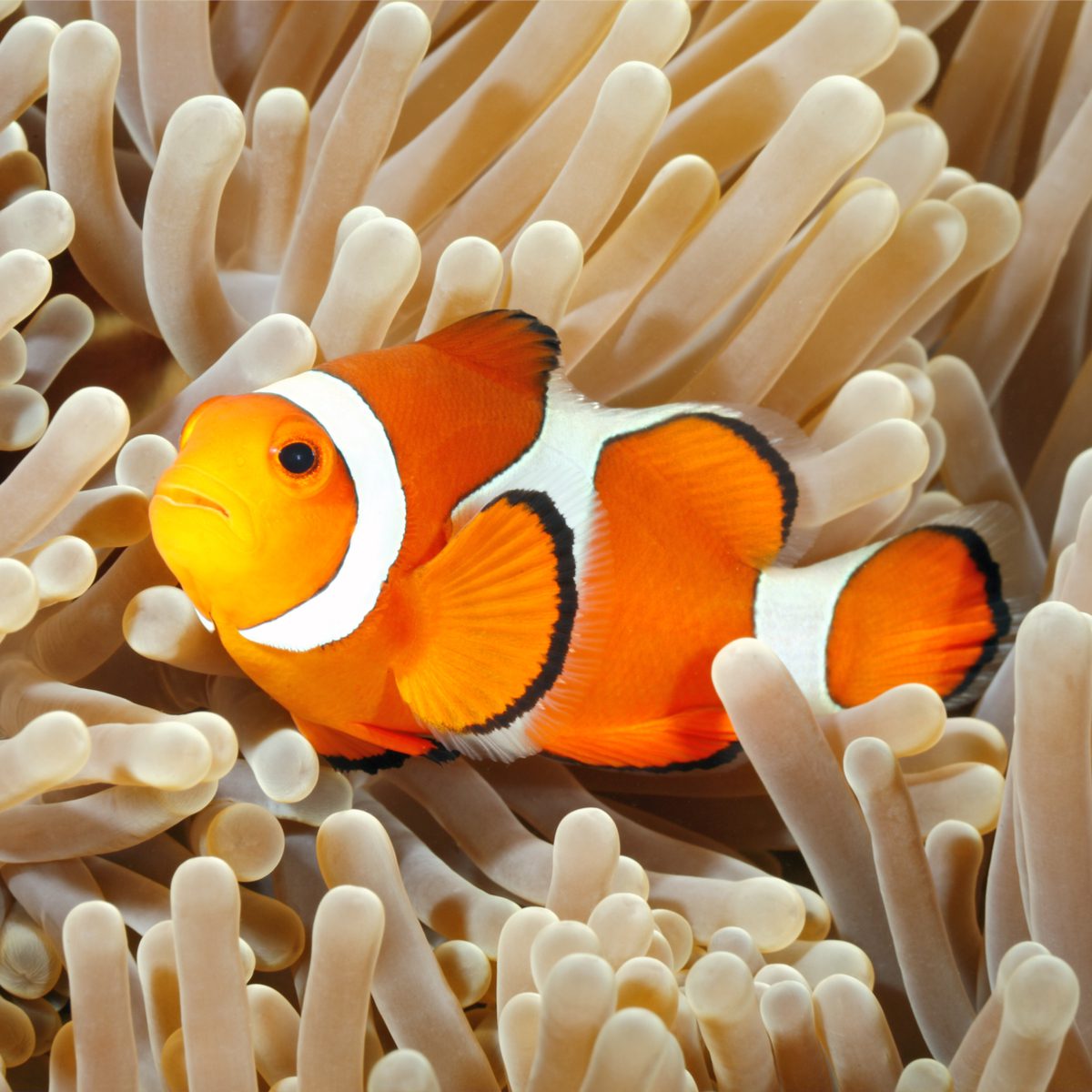
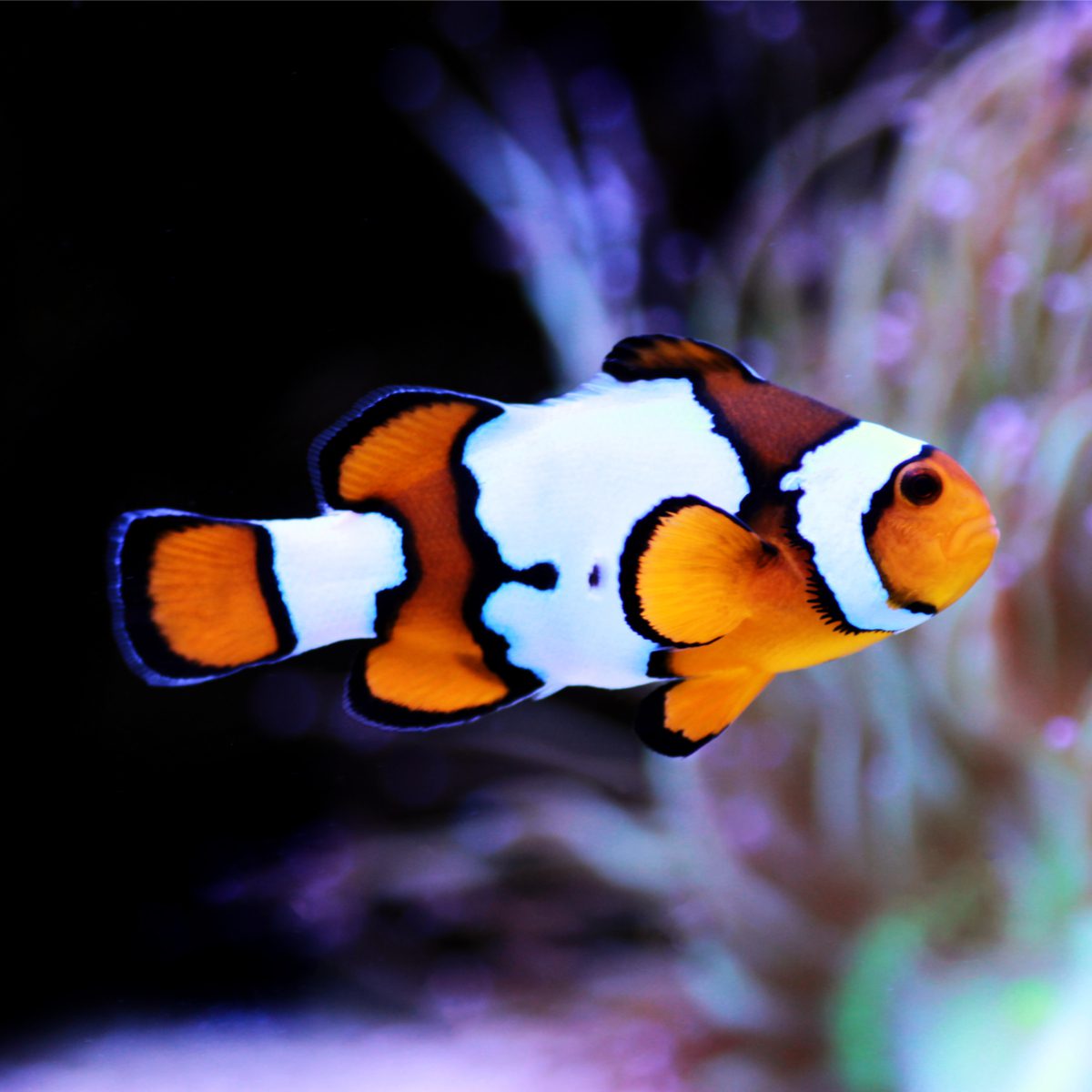
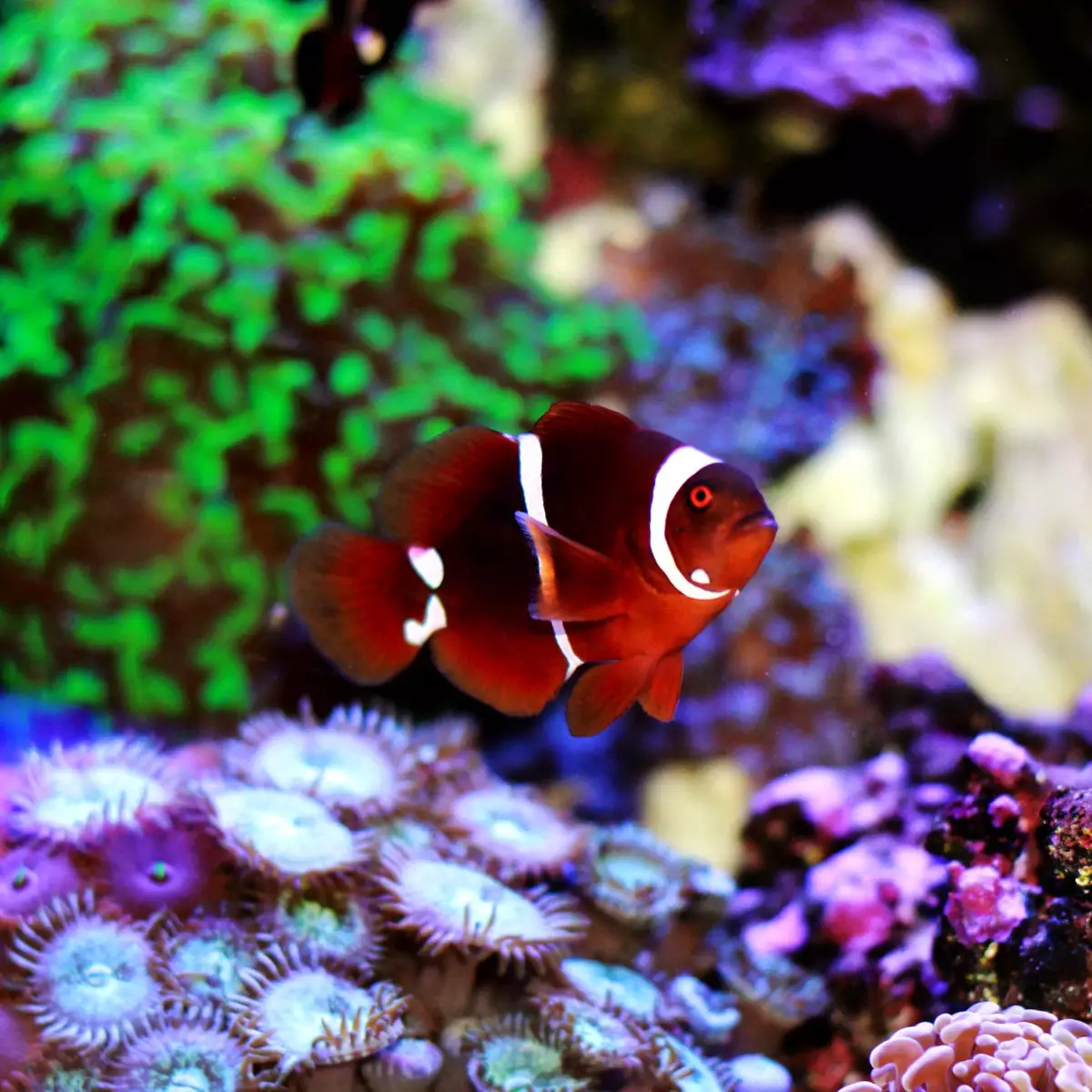
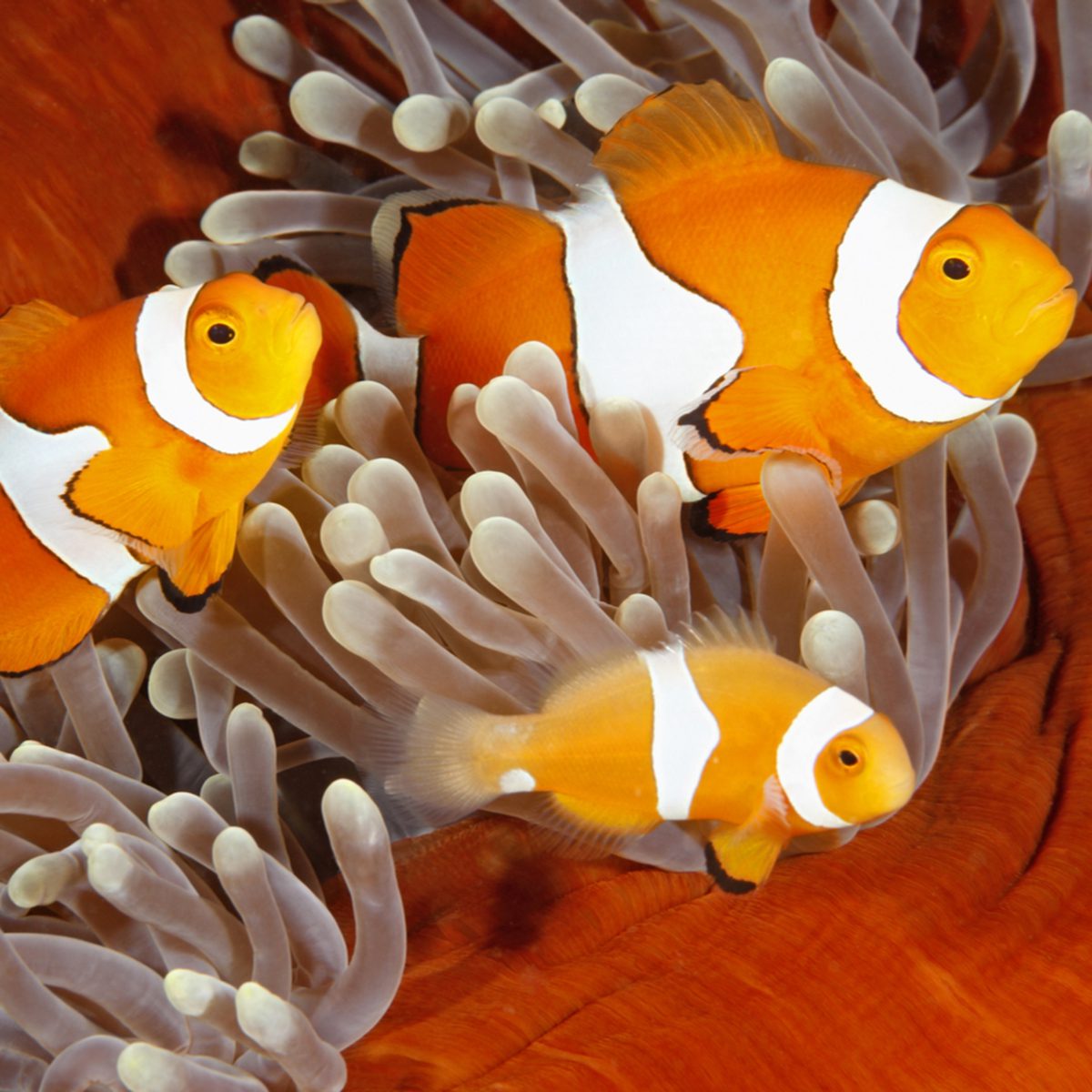
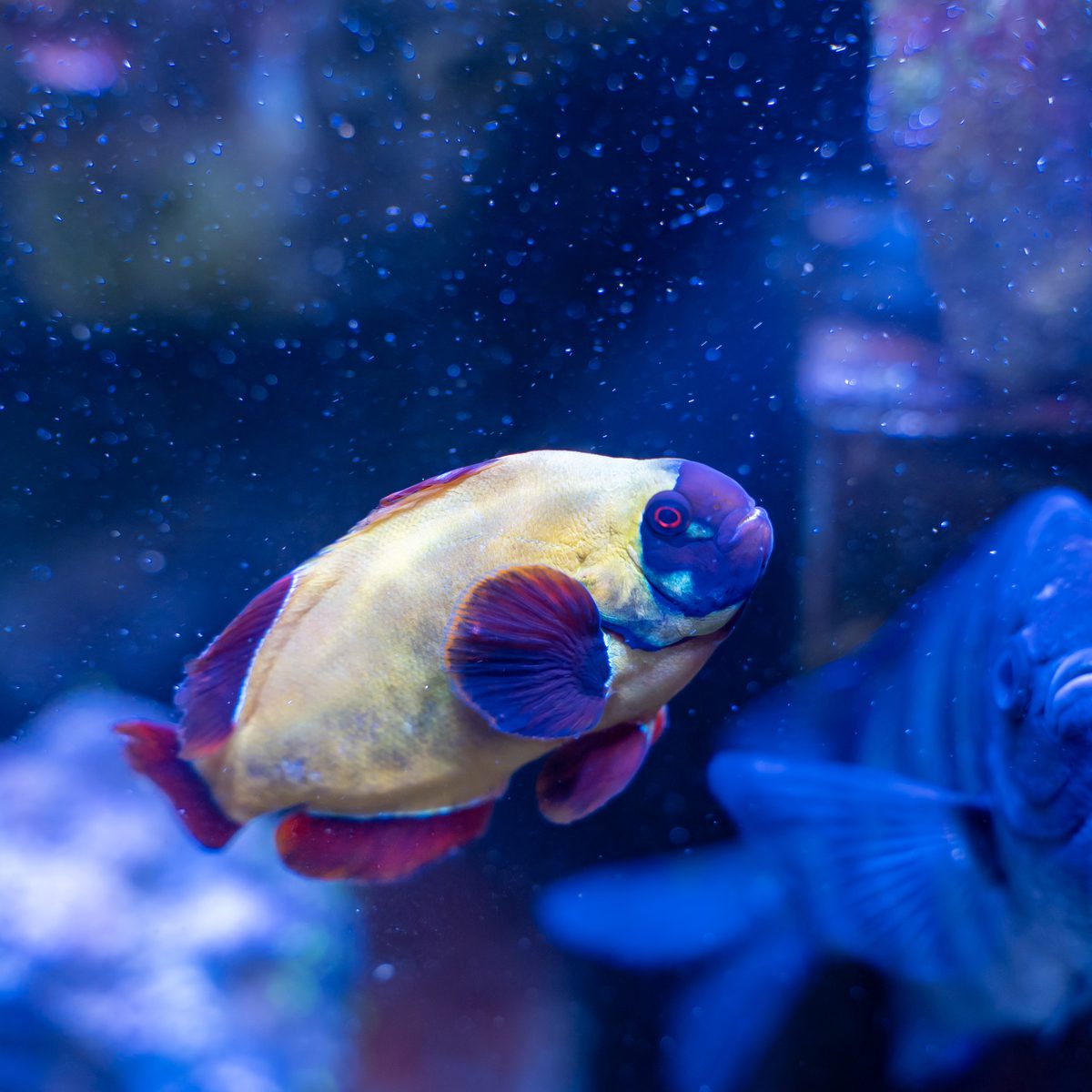
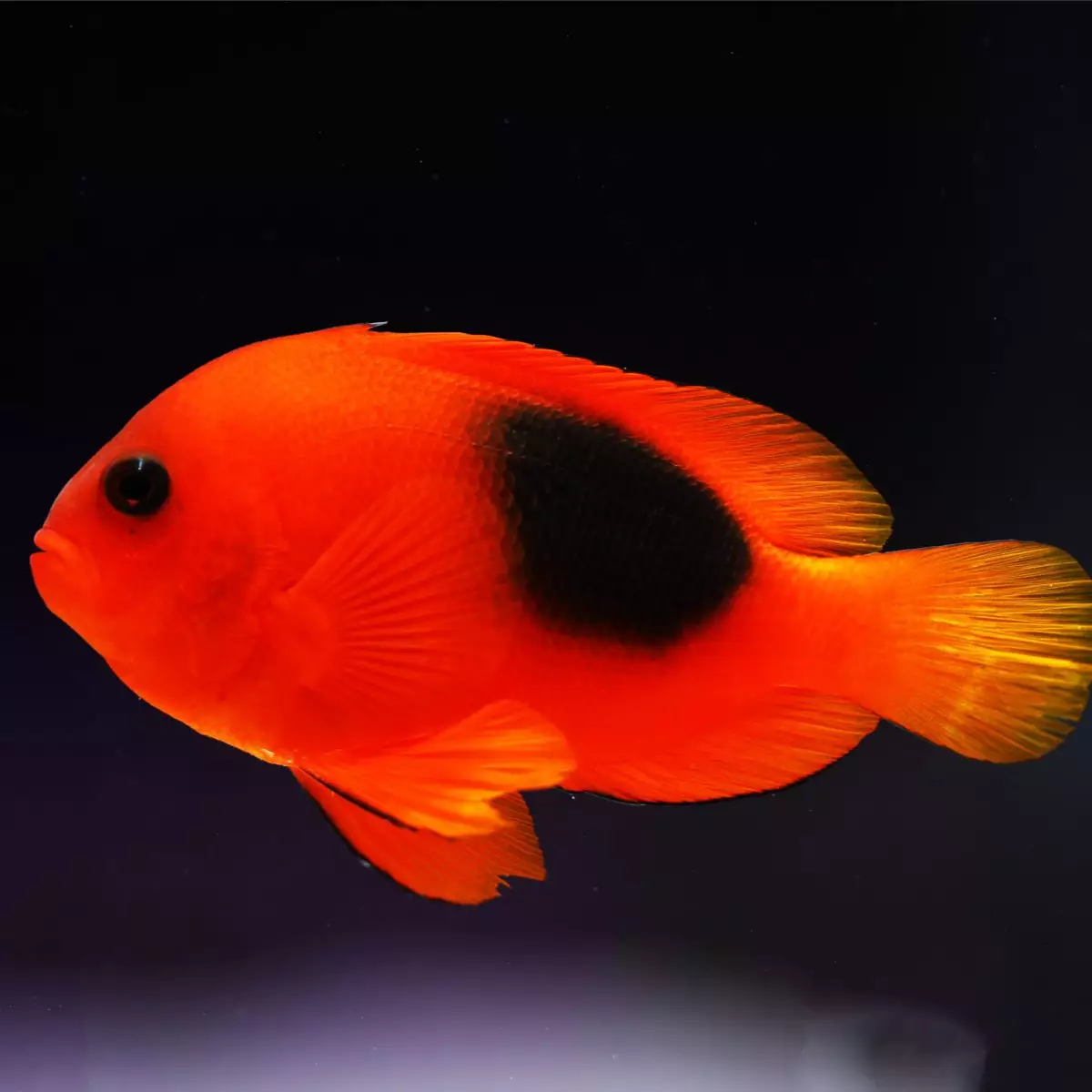
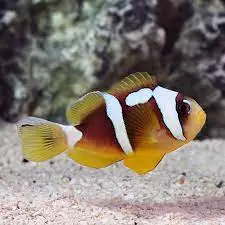

Reviews
There are no reviews yet.